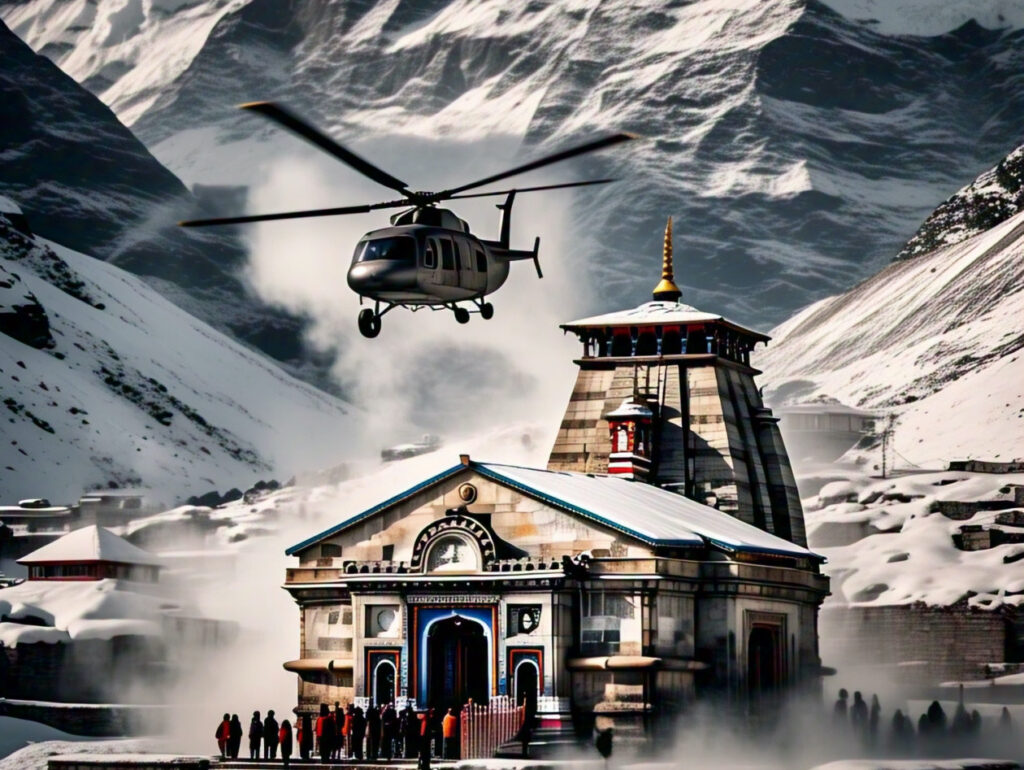
Kedarnath, one of the holiest shrines in India, attracts thousands of devotees every year. Situated in the Garhwal Himalayas of Uttarakhand, this sacred temple is dedicated to Lord Shiva. Whether you’re a first-time visitor or a seasoned traveler, proper preparation is essential for a safe and fulfilling journey. This guide will help you plan your Kedarnath Yatra effectively.
Best Time to Visit Kedarnath
The Kedarnath Temple remains open from April/May to November. The ideal time to visit is May to June and September to October, when the weather is pleasant and suitable for trekking. Avoid the monsoon season (July–August) due to landslides and heavy rains. During winter, heavy snowfall covers the region, and the temple is relocated to Ukhimath for worship.
Registration for Kedarnath Yatra
Before embarking on your journey, Yatra registration is mandatory. You can register online through the Uttarakhand Tourism website or offline at designated centers. Carry a printout or digital copy of the registration slip for verification. Biometric registration is also required for tracking and safety purposes.
Trekking to Kedarnath
The Kedarnath trek is around 16 km long, starting from Gaurikund. The trek includes stops at Jungle Chatti, Bheembali, and Linchauli before reaching Kedarnath.
Alternate Travel Options
- Pony and Palki Services: Available for senior citizens and those who cannot trek.
- Helicopter Services: Operate from Phata, Sirsi, and Guptkashi.
- Doli and Porters: Available for physically challenged pilgrims.
Accommodation in Kedarnath
Options include GMVN guesthouses, budget hotels, and dharamshalas. It is advisable to book accommodations in advance during peak seasons. Camping is not allowed in Kedarnath itself, but nearby places like Linchauli offer tent stays.
Essential Packing List for Kedarnath Yatra
- Clothing: Woolen clothes, thermal wear, gloves, and a waterproof jacket.
- Footwear: Trekking shoes with a good grip.
- Documents: ID proof, yatra registration slip, and medical certificate.
- First Aid: Basic medicines, band-aids, pain relievers, and altitude sickness tablets.
- Accessories: Walking stick, sunglasses, sunscreen, power bank, and a torch.
- Food & Water: Dry fruits, energy bars, ORS sachets, and bottled water.
Health and Safety Tips
- Acclimatize properly to avoid altitude sickness.
- Stay hydrated and carry energy bars for stamina.
- Follow the trek path and avoid shortcuts.
- Carry cash, as ATMs are scarce in the region.
- Wear layers to adjust to fluctuating temperatures.
- Travel in groups for safety and support.
Important Pilgrimage Guidelines
- Respect the sanctity of the temple and follow all religious protocols.
- Avoid plastic usage to maintain environmental cleanliness.
- Check weather updates before planning your journey.
- Follow local administration and temple guidelines.
- Mobile connectivity is limited, so inform family about your plans in advance.
Spiritual and Cultural Significance of Kedarnath
Kedarnath is one of the twelve Jyotirlingas of Lord Shiva and forms a crucial part of the Chota Char Dham Yatra. According to legend, the Pandavas sought Lord Shiva’s blessings for atonement after the Mahabharata war. The temple was later built by Adi Shankaracharya in the 8th century and has stood the test of time against natural calamities.
Nearby Attractions
While visiting Kedarnath, consider exploring these nearby places:
- Bhairavnath Temple: Located near Kedarnath, offering stunning views.
- Vasuki Tal: A high-altitude glacial lake.
- Gandhi Sarovar: A serene lake en route to Kedarnath.
- Triyuginarayan Temple: Known as the wedding place of Lord Shiva and Goddess Parvati.
- Guptkashi and Ukhimath: Important religious sites along the journey.
Environmental Conservation in Kedarnath
The Kedarnath region is ecologically sensitive, and visitors are encouraged to follow sustainable travel practices:
- Do not litter; use designated waste disposal bins.
- Carry a refillable water bottle instead of plastic bottles.
- Avoid loud music and respect the peace of the region.
- Support local businesses by purchasing souvenirs from registered vendors.
Conclusion
Preparing for the Kedarnath Yatra ensures a smooth and spiritually uplifting experience. By following this guide, you can embark on a safe and hassle-free journey to this divine shrine. Whether you’re visiting for devotion, adventure, or inner peace, Kedarnath promises a memorable experience. Plan wisely, travel safely, and embrace the spiritual aura of Kedarnath!
